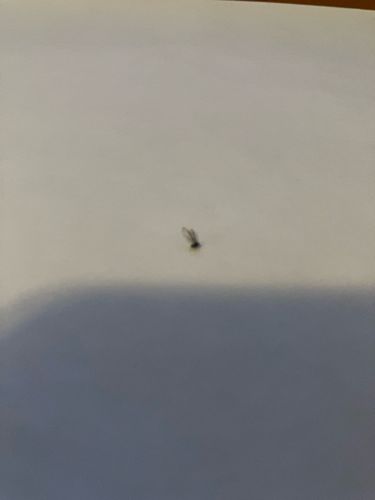Mosquito
Scientific Name: Culicidae
Order & Family: Diptera: Culicidae
Size: 3 to 6 millimeters (0.1 to 0.25 inches) in length

Natural Habitat
Mosquitoes are found worldwide in warm, humid climates, typically near standing water sources such as ponds, swamps, marshes, ditches, and artificial containers, as these are necessary for larval development.
Diet & Feeding
Adult female mosquitoes feed on blood to obtain protein for egg development, while males and females also feed on nectar and plant juices for energy. Larvae feed on microorganisms and organic matter in water.
Behavior Patterns
Mosquitoes undergo complete metamorphosis (egg, larva, pupa, adult). They are most active at dawn and dusk, though some species are active during the day. Females locate hosts using cues like carbon dioxide, body heat, and odors.
Risks & Benefits
Risks: Mosquitoes are significant vectors of various diseases, including malaria, dengue fever, Zika virus, West Nile virus, and chikungunya, posing a major public health threat globally. Benefits: In their larval and adult stages, mosquitoes serve as a food source for other animals like fish, birds, and bats. They also play a minor role in pollination.
Identified on: 11/9/2025